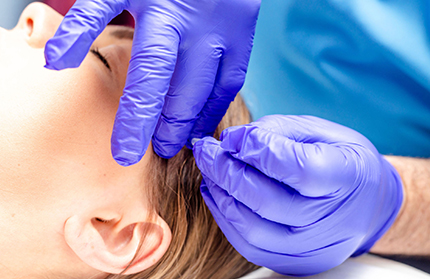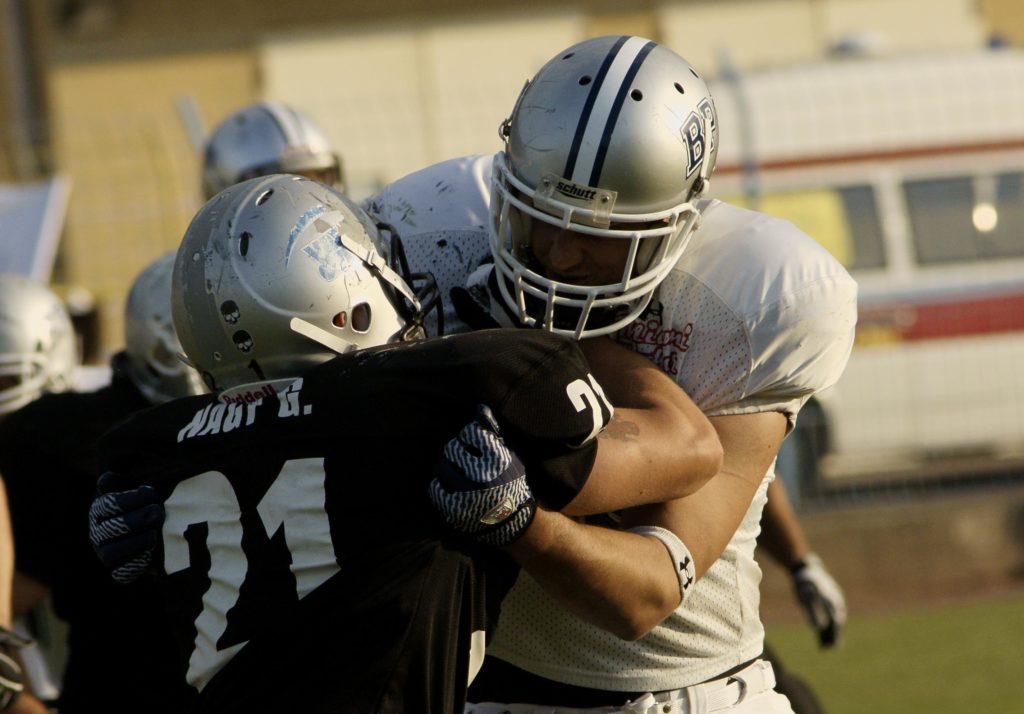The topic of football injuries has been one that is much too prevalent within the physical therapy and medical industries. This is largely because football players are much more prone to sustaining injuries due to the seemingly aggressive nature of the contact sport. However, just like any other sport, activity, or exercise, there are precautionary measures that can be taken in order to aid in the prevention of injuries. Here are a few:
- Warm-Up Properly – A solid warm-up routine is an essential factor of injury prevention in any kind of sport. A warm-up is an effective way to increase blood flow and condition muscles for the activity that follows. A 10-20 minute warm-up consisting of stretches and light activity is usually sufficient.
- Wear Suitable Football Gear – Wearing the proper gear can often help to prevent most injuries related to football. It is just as important to make sure that the protective gear and helmet are the right fit—not too big or too small. Choose trusted manufacturing companies that produce high quality football equipment. Also keep in mind that features such as the chin strap on a football helmet are there for a reason. Another example is the U-shaped football collars. This feature can prevent over extension of player’s neck to the side or back.
- Heed the Advice of your Coach– Most football coaches are veterans of the sport. Listening and applying their advice can help to prevent injuries of you, your teammates, and opponents. Coaches can help players by teach proper tackling techniques, defense methods, and fitness routines that could help you in the long run.
- Proper Positioning – Football is one of the most popular contact sports. Because of the aggressive nature of the sport, injuries are likely to occur especially if proper techniques aren’t utilized. For example, keeping your head low and your shoulders dropped during a tackle leaves you in a vulnerable position where your head is the main point of contact. Instead, try you’re your head tucked and your shoulders upward so that your shoulders can help to block any physical contact with your opponent.


